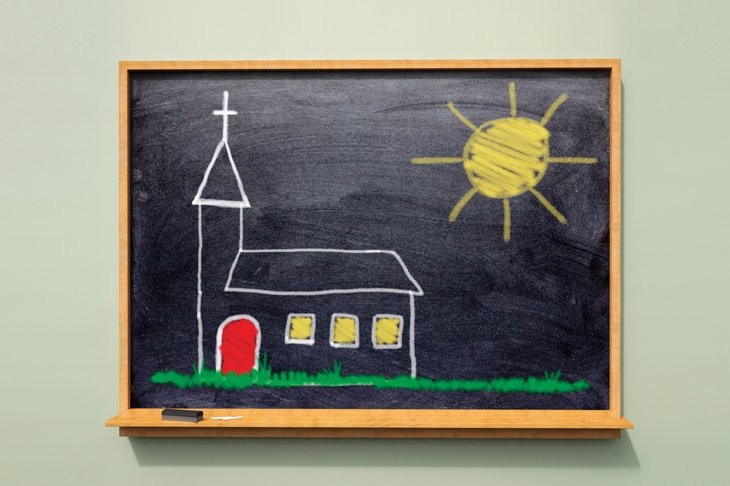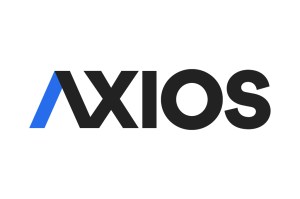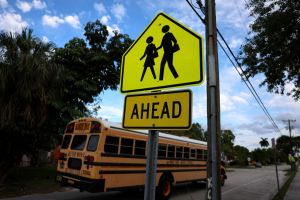My old boss Michael Chertoff, former secretary of the US Department of Homeland Security, went on Face the Nation this past weekend where he opined that K-12 schools should not reopen until there is a vaccine for the Wuhan virus. Now, I have enormous respect for Sec. Chertoff. I believe he is one of the smartest people I’ve ever known. But his opinions on this topic should carry no more weight than mine or yours.
The reality is that it is time for the evidence and common sense to determine what states do in the fall in terms of reopening our public schools. Virtually all of the evidence on the Wuhan virus indicates it has little impact on the five-year-old to 18-year-old school age population. Most states have had few, if any, deaths of school-aged citizens. For example, according to the Ohio Department of Health Coronavirus Dashboard, of the nearly 1,800 deaths in Ohio, not one person under 19-years-old has died.
The Center for Disease Control and Prevention (CDC) noted that ‘relatively few children with COVID-19 are hospitalized, and fewer children than adults experience fever, cough, or shortness of breath.’ The CDC reports that nationwide, of the more than 93,000 deaths, 0.0 percent occurred in the 0-14 age range and 0.1 percent occurred among those 15-years-old to 24-years-old. Based on this evidence, it is safe to say that our kids are simply not at much risk of harm from the pandemic. At worst, they face less risk than they have faced for decades from the seasonal flu, which has killed 174 kids this flu season.
As Purdue University President Mitch Daniels stated when he reported that Purdue would be fully open in the Fall, the focus for the university is on protecting the professors and workers with risk factors such as obesity, diabetes, and respiratory conditions. Most of those adults working at Purdue, like America’s K-12 teachers and staff, are under the age of 65. For those between 24-years-old and 64-years-old, the percentage of deaths nationally is just 20 percent of the total. Most of those dying from the pandemic are retired senior citizens, with 59 percent of all deaths occurring in those 75-years-old or older.
Instead of stunting the education of millions of kids with a distance learning system, school districts should identify which teachers and staff are at higher risk from the virus and replace those teachers with lower risk teachers. After all, many teachers can maintain social distance away from a full classroom of masked students by simply using the educational space wisely. To facilitate this process, the high-risk teachers should be kept whole financially and assigned to assist the replacement teachers with their duties from outside of the classroom. State legislatures should reform the regulatory requirements to allow subject matter experts without teaching degrees to serve as fully compensated replacement teachers during the pandemic.
And, no one should kid themselves that distance learning is anywhere close to the quality of learning that occurs in the classroom. While I’m sure the teachers did the best they could, my kids didn’t learn much new material in the two months of the lockdown. Most of my elementary aged son’s work consisted of very basic assignments that took him less than an hour to do, thereby depriving him of roughly five-plus hours of teacher-aided learning each day. My high schooler had more to do each day, but learning complex new mathematical and scientific material just wasn’t possible.
I also watched the negative impact being separated from their friends had on their mental health. One must wonder if we are doing more harm by keeping children in a bubble than we do by getting back to normal. This same rationale applies to restarting kid sports in the fall. Protect the referees, but let the kids play.
***
Get three months of The Spectator for just $9.99 — plus a Spectator Parker pen
***
Keep in mind, I write from the perspective of a suburban parent whose kids attend a very good school district and who already make the mark in terms of proficiency and achievement. Consider less fortunate kids already behind the learning curve. It is clear those kids will fall even farther behind, thereby likely leading to even greater inequality post-high school.
Even more problematic, many kids have parents who, unlike me, can’t work from home. Many of those families already struggle to make ends meet. Adding new childcare costs to their plate simply isn’t realistic.
The reality is that we can make changes to protect teachers, keep our kids in school full time, and avoid both the deficiencies of distance learning and the financial burden such learning would have on millions of families across America. Based on the science and common sense, opening schools in the Fall should be an easy call.


















